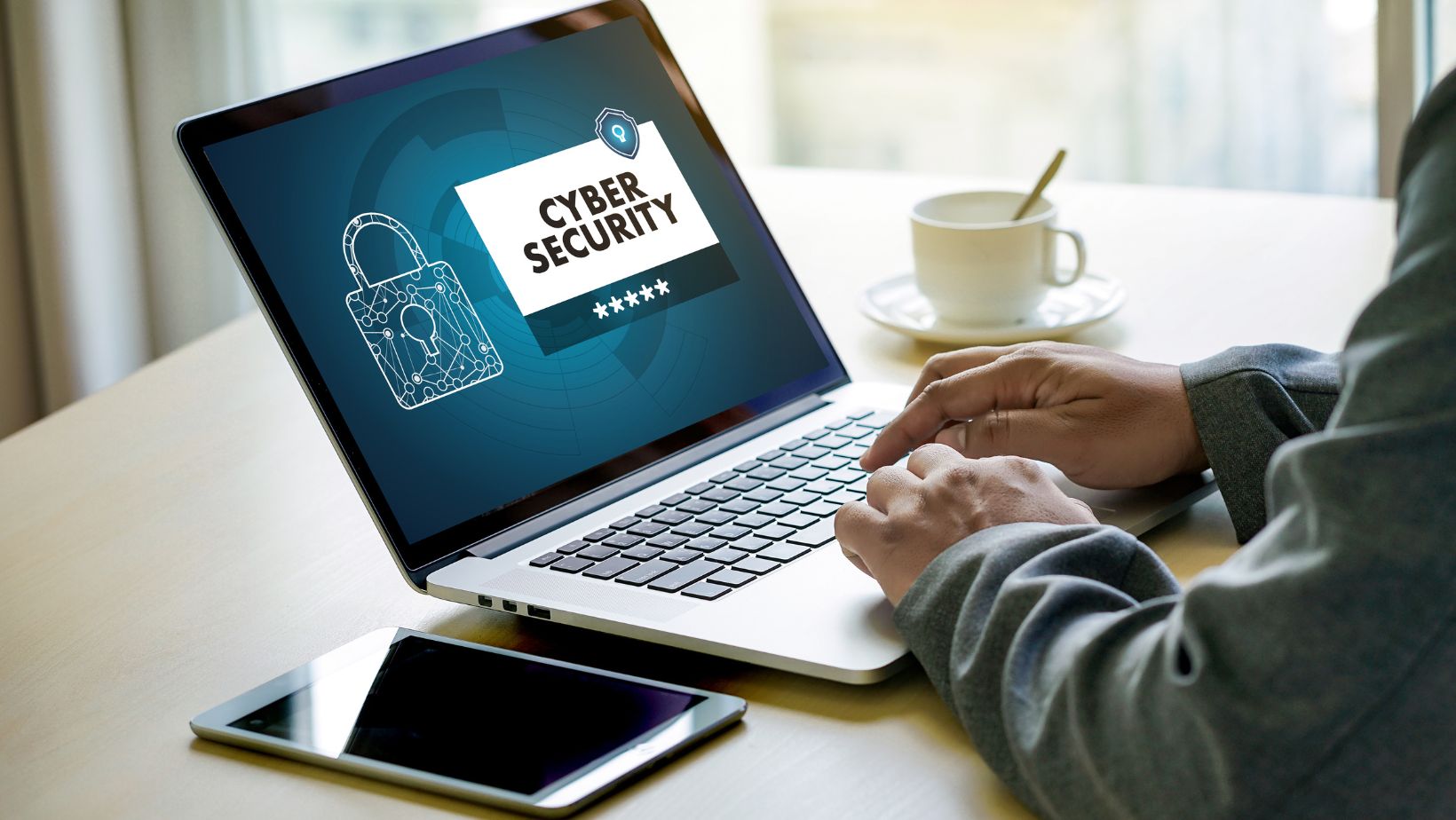The internet has transformed the way people interact, work, shop, and communicate. With this increased connectivity comes the risk of unauthorized access, data theft, and system compromise. Cybersecurity exists to respond to these threats by protecting digital information, infrastructure, and devices. Whether it’s a small business defending customer data or a large corporation safeguarding trade secrets, cybersecurity has become a standard part of daily digital operations. Understanding how it works and why it matters is essential for anyone who uses the internet.
How Cybersecurity Works
Cybersecurity is a broad term that refers to a variety of practices, technologies, and processes aimed at protecting systems and networks from malicious attacks. It begins with identifying potential vulnerabilities in hardware, software, or user behavior. Firewalls, encryption, antivirus programs, and multi-factor authentication are among the tools used to shield data and systems from unauthorized access. The process isn’t static. Cyber threats evolve quickly, and defenses must adapt just as rapidly. This dynamic environment demands a combination of proactive and reactive strategies. One central focus is on how cybersecurity defends against online threats, whether those threats are phishing emails, ransomware, or zero-day exploits. Organizations monitor network traffic for suspicious activity, patch software to fix vulnerabilities, and educate users to recognize social engineering tactics. Behind the scenes, cybersecurity professionals perform penetration testing and forensic analysis to anticipate and respond to incidents before significant damage occurs.
Common Cybersecurity Measures
To guard against cyber threats, organizations and individuals use a layered approach. Basic defenses start with strong, unique passwords and routine software updates. Anti-malware software scans devices for suspicious code, while firewalls act as barriers between trusted networks and the outside world. Encryption protects data during storage and transmission, making it unreadable to unauthorized users.

Network security focuses on controlling who can access specific resources. Virtual private networks (VPNs) help secure internet connections, especially on public Wi-Fi. Identity and access management systems grant or restrict permissions based on user roles. Security policies dictate best practices, such as locking screens when not in use or reporting strange email attachments. These measures form the foundation of cybersecurity hygiene, reducing the chances of successful attacks.
The Role of Cybersecurity Professionals
People working in cybersecurity fill many roles, each contributing to the larger mission of digital safety. Security analysts review system logs and watch for anomalies that could signal a breach. Engineers design systems to be secure by default, building safeguards into code and infrastructure. Incident response teams step in when an attack occurs, working to contain the breach, recover lost data, and analyze how the incident happened.
Ethical hackers, also known as white-hat hackers, simulate attacks to find weaknesses before criminals can exploit them. Meanwhile, compliance officers make sure organizations follow data protection laws and industry regulations. These roles often overlap, requiring both technical skills and strategic thinking. As threats grow more complex, cybersecurity teams must stay ahead through continuous training and collaboration.
Cybersecurity for Individuals
Cybersecurity is not just a concern for companies or institutions; individuals also need to be vigilant. Personal devices like smartphones and laptops store sensitive information, including financial data, private messages, and login credentials. One careless click on a malicious link or use of a weak password can compromise an entire identity.

Best practices include using strong, unique passwords for each account, turning on two-factor authentication when available, and being cautious about the links and attachments in unsolicited emails. Regularly updating software ensures that known vulnerabilities are patched. Backing up data, whether to a physical drive or cloud storage, can make recovery easier in the event of an attack. Personal responsibility plays a significant role in reducing overall cybersecurity risks.
The Future of Cybersecurity
As technology advances, so do the methods used to protect and attack digital assets. Artificial intelligence and machine learning are becoming integral to cybersecurity tools. These technologies help detect unusual patterns faster than human analysts can. Automation speeds up response times, allowing for real-time defenses against emerging threats.
The expansion of connected devices, known as the Internet of Things (IoT), presents new security challenges. Everything from thermostats to medical devices can now connect to the internet, creating new entry points for attackers. Cloud computing adds complexity, requiring new strategies for protecting distributed environments. Governments and organizations around the world are investing heavily in cyber defense, recognizing that future conflicts may be fought as much in digital spaces as in physical ones.
Cybersecurity is a complex and constantly changing field that touches every aspect of modern life. From securing personal information on a smartphone to defending critical infrastructure from large-scale attacks, its role cannot be ignored. Whether you’re an individual or part of a larger organization, engaging with cybersecurity is not optional — it’s part of responsible participation in the connected world.

